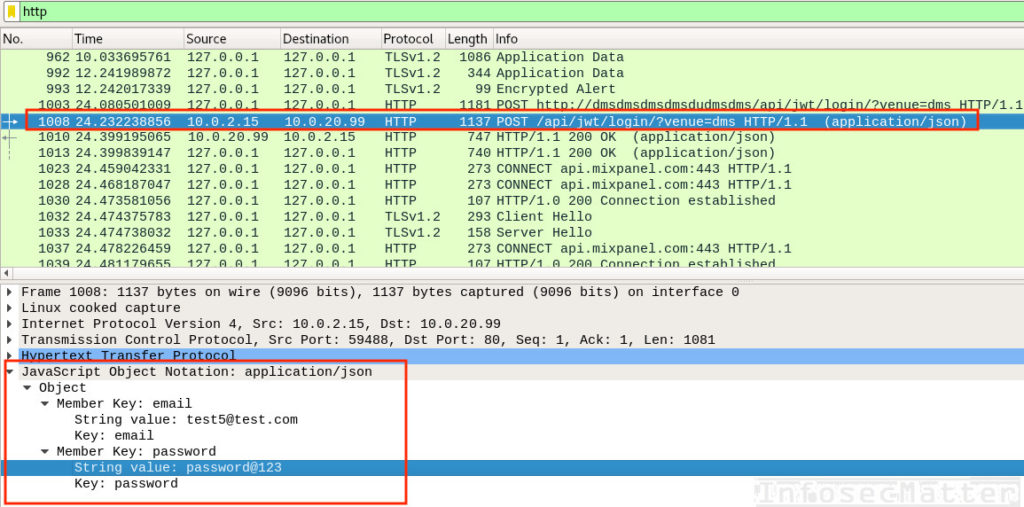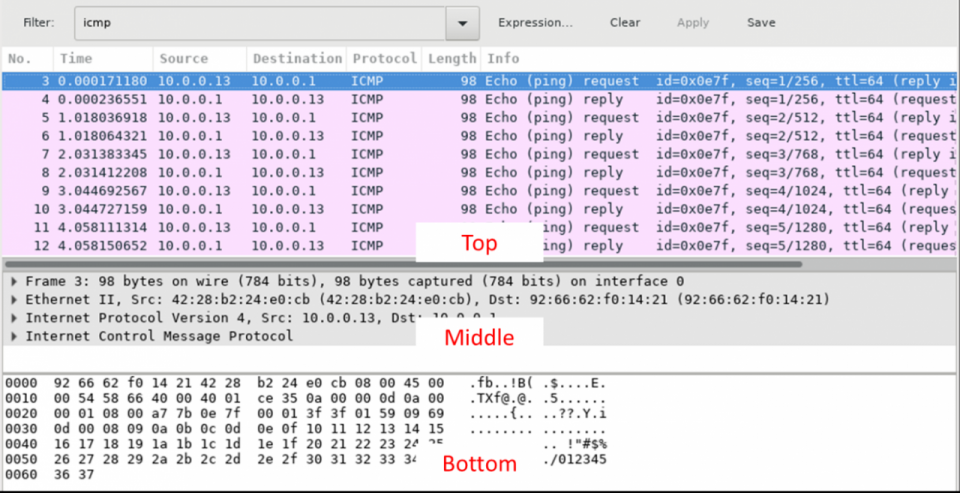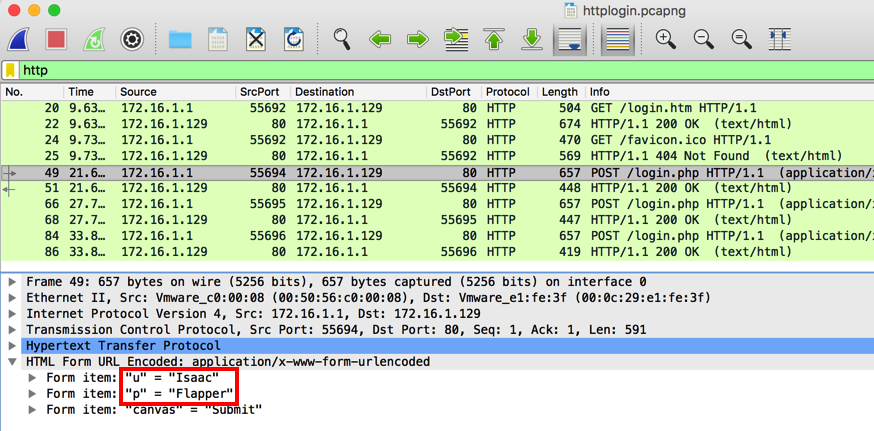
The packet-contents window shows details of the selected message (in this case the HTTP OK message, which is highlighted in the packet-listing window). The example in Figure 1 shows in the packet -listing window that two HTTP messages were captured: the GET message (from your browser to the gaia.cs. web server) and the response message from the server to your browser.

2įigure 1: Wireshark Display after HTTP-wireshark-file1.html has been retrieved by your browser If you are unable to run Wireshark on a live network connection, you can download a packet trace that was created when the steps above were followed.

Your Wireshark window should look similar to the window shown in Figure 1. References to figures and sections are for the 7 th edition of our text, Computer Networks, A Top-down Approach, 7 th ed., J.F. Wait a bit more than one minute (we’ll see why shortly), and then begin Wireshark packet capture.Įnter the following to your browser Your browser should display the very simple, one-line HTML file. (We’re only interested in the HTTP protocol here, and don’t want to see the clutter of all captured packets). Enter “http” (just the letters, not the quotation marks) in the display-filter-specification window, so that only captured HTTP messages will be displayed later in the packet-listing window. Start up the Wireshark packet sniffer, as described in the Introductory lab (but don’t yet begin packet capture). Let’s begin our exploration of HTTP by downloading a very simple HTML file – one that is very short, and contains no embedded objects. Before beginning these labs, you might want to review Section 2.2 of the text. In this lab, we’ll explore several aspects of the HTTP protocol: the basic GET/response interaction, HTTP message formats, retrieving large HTML files, retrieving HTML files with embedded objects, and HTTP authentication and security.

Having gotten our feet wet with the Wireshark packet sniffer in the introductory lab, we’re now ready to use Wireshark to investigate protocols in operation.


 0 kommentar(er)
0 kommentar(er)
